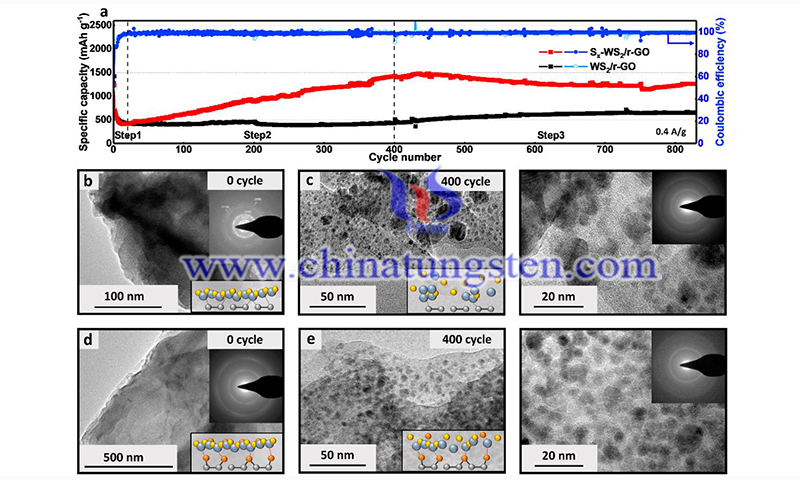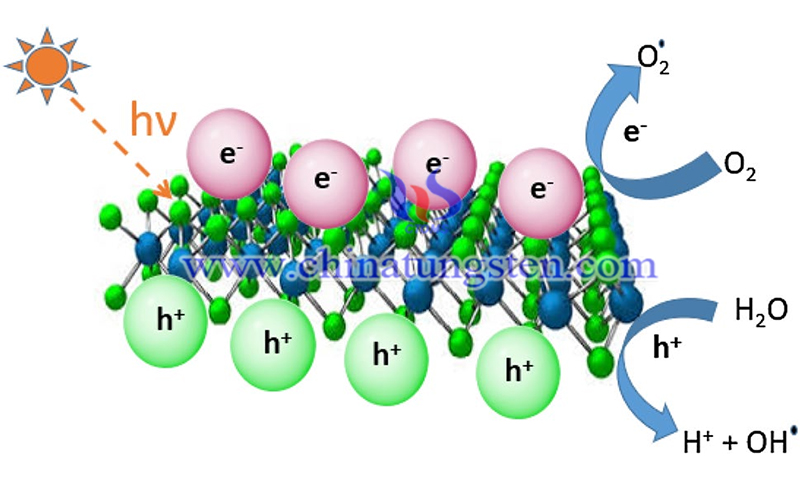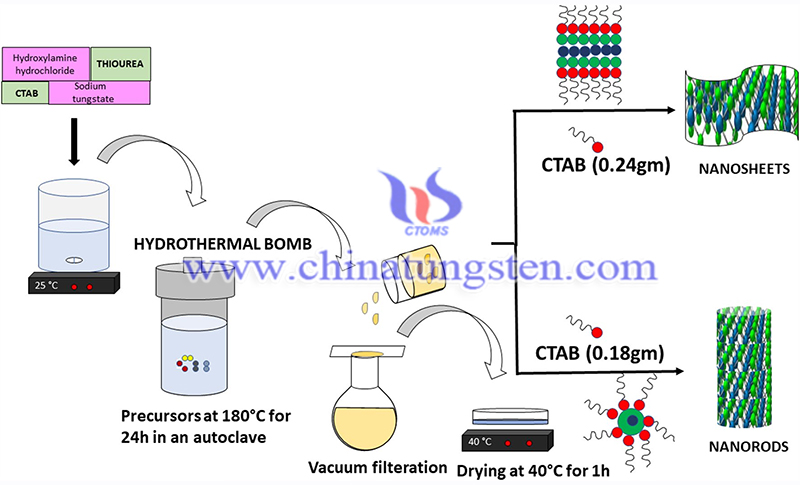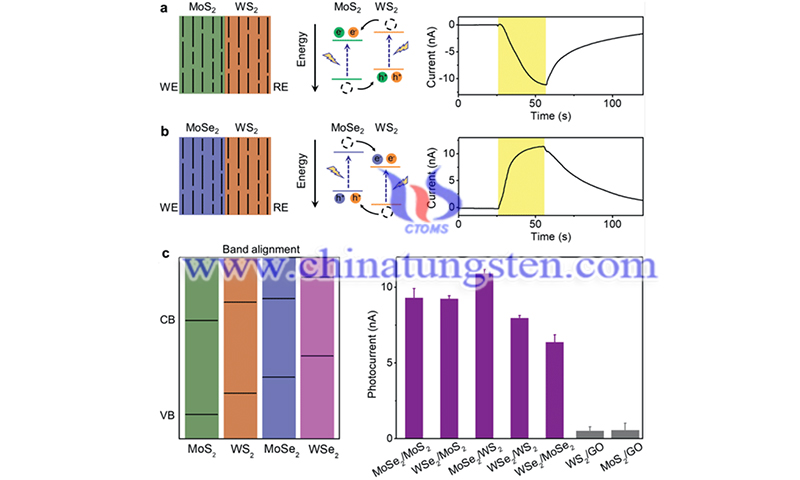Tungsten Disulfide in Applications of Sodium-Ion Batteries
- Details
- Category: Tungsten Information
- Published on Monday, 05 September 2022 22:15
- Written by Caodan
- Hits: 1232

Tungsten disulfide possesses a much larger interlayer spacing of 0.62 nm than that of graphite (0.34 nm). This would be very favorable for the reversible process of Na+ intercalation/de-intercalation, making WS2 a promising anode material for sodium-ion batteries (SIBs). For example, Liu et al. reported WS2 nanowires (NWs) with an expanded interlayer spacing of 0.83 nm.
Read more: Tungsten Disulfide in Applications of Sodium-Ion Batteries
Low-temperature Sintering Tungsten-nickel-antimony Heavy Alloy
- Details
- Category: Tungsten Information
- Published on Thursday, 01 September 2022 09:55
- Written by yuntao
- Hits: 1236

Read more: Low-temperature Sintering Tungsten-nickel-antimony Heavy Alloy
Photocatalysis of Tungsten Disulfide
- Details
- Category: Tungsten Information
- Published on Wednesday, 31 August 2022 21:54
- Written by Caodan
- Hits: 1171

Tungsten disulfide (WS2) is a semiconductor with a band gap, which gives WS2 a wide range of light absorption, and therefore, WS2 can be considered a promising photocatalyst for photocatalysis degradation of organic pollutants and hydrogen production from water decomposition. WS2 extends the light absorption region to the long-wave direction, and through morphological tuning, WS2 can achieve near-infrared photocatalytic activity.
Applications of WS2 Nanomaterials in Batteries
- Details
- Category: Tungsten Information
- Published on Wednesday, 31 August 2022 21:57
- Written by Caodan
- Hits: 1141

As potential high-capacity anode materials for Lithium-ion batteries (LIBs), TMDCs have gained considerable attention, especially WS2 nanomaterials, which exhibit a higher theoretical specific capacity (433 mAh.g-1) than commercial graphite due to the 2D layer structure and the large platelet space. When used as an anode for lithium-ion batteries, WS2 exhibits an increasing lithium storage capacity. For example, Liu et al. prepared an ordered mesoporous WS2 as an anode for LIBs, which showed a high lithium storage capacity of 805 mAh.g-1 at a current of 0.1A.g-1.
Recent Developments in WS2 Energy Conversion and Storage Systems
- Details
- Category: Tungsten Information
- Published on Monday, 29 August 2022 21:54
- Written by Caodan
- Hits: 1133

WS2 has attracted much attention due to its unique structural properties and suitable hydrogen binding energy (comparable to platinum group metals). WS2 nanomaterials have been extensively investigated for energy conversion and storage systems.
Read more: Recent Developments in WS2 Energy Conversion and Storage Systems





 sales@chinatungsten.com
sales@chinatungsten.com